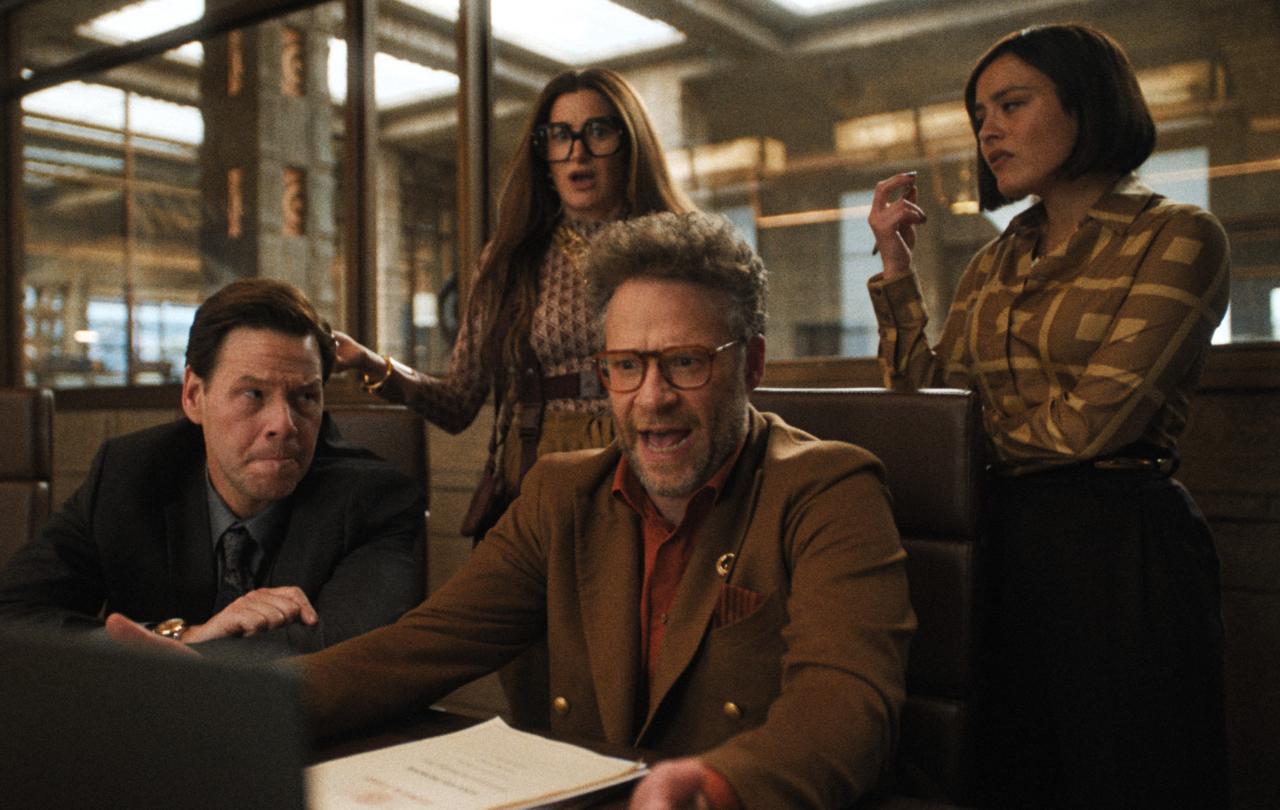
There is no more obvious sign of the ailing of the Hollywood behemoth (if not to say, its actual death) than the utter failure of Disney’s latest live-action re-release of Snow White.
According to Forbes, Disney’s total investment in the movie, including production and marketing, likely exceeded $350mn. To break even, it would have needed to take around $500mn gross at the box office, after distribution and movie theatre cuts. To date it has made just under $200million.
If nothing else, that is a tremendous waste of money. But the essential problem seems to have been that the movie’s creators were trying to bend themselves (and the story) into pretzel-shaped contortions to satisfy the various demanding (and contradictory) ideological axioms of LalaLand. The result? Not only do they fail on their own terms: a movie about a young princess finding her inner girl power and leading an oppressed people to overthrow a tyrannical autocrat ends by setting up a new regime under one unchallengeable and all powerful ruler: a system of “Snow-White Supremacy”. It also fails on the archetypal axioms of story. There’s a reason why parents still read to their children the traditional version of Snow White, which scholars believe to be so long-living and so “true” that its roots seem traceable as far back as Ancient Greece. Modern storytellers mess with that long lineage of audience appeal at their peril; as no doubt several Disney executives have now found to their cost.
Last month the veteran Hollywood screenwriter and novelist Andrew Klavan concluded, after watching the last annual offering of glamour-slick virtue signalling that is the Oscars, that Hollywood is indeed a dying beast. He argued that the collective movie-making culture has become so captive to a certain ideological mindset that it has prioritised that over the more basic and primary objective of telling stories. When ideology overrides the essence of storytelling - delivering stories reflective of life as it actually is and as we find it - then the art suffers and audiences instinctively turn away.
Why? Because we all come to stories to find truth (even if it is dressed up in the “lie” of fiction). The problem with the ideological mindset approach to storytelling is not that it does not start with good intentions (let’s say a value like “compassion”); but that it drives towards and ends with outcomes very far from life as we know it to be. So, for example, compassion for allowing female-identifying men into women’s sport ends up with Olympic crowds applauding a man punching various women in the face to earn himself a gold medal. Or well-intentioned young people marching throughout the cities of Europe in support of terror groups who behead babies. There is a cognitive dissonance between the makers of movies imbibing and propagating this sort of mindset and their audience of millions.
No wonder those audiences are tuning out. Because the central thing that people want from art are good stories. Good stories make us nod and say: yep, life is like that - however far-fetched the premise or the setting may be. Bad stories make us feel like someone has tried to sell us a lie. They are “phoney” - and at a gut level, we know it.
So, if Hollywood’s time in the limelight (and the pay dirt) may be running out, where should we look for a new resurgence (dare we say, resurrection?) in the art of storytelling?
“Two are better than one because they have a good reward for their toil.” Collaboration seems to produce the goods.
It would be foolhardy to come down too hard on an answer to that question, since ultimately stories can and have come from anywhere. But if I had to lay down money on the kind of environment out of which any resurgence in the storytelling industry (whether of the moving image or the written word) will come, I would be betting on some sort of life-affirming, collaborative, creative network or community based around the foundational values of truth, goodness and beauty, and motivated by a shared desire to see the renewal and revitalisation of Western culture everywhere.
Such networks have been springing up with the ubiquity and rapidity of mushroom colonies all over the West, particularly in the US and across Europe.
Angel Studios has emerged as one of the more front-footed of these. This is a US-based media company that produces and distributes films and TV series with inspirational and faith-based themes: projects like The Chosen - the globe-conquering pay-it-forward re-telling of the Four Gospels - and Sound of Freedom, the latter grossing over $250million worldwide. (Disney take note.)
While Angel’s content may have arisen out of niche audience demand (it was founded as a successor to the VidAngel app that sourced child- and faith-friendly content), other collaborative networks exist with a broader mission for cultural renewal. The Everything Network is one such example. A UK-based Christian network of leaders across multiple fields of society, it operates from the principle that, for centuries, society has benefitted from the way Christianity has contributed to the whole of life: from the art we create, to the laws we make, and the way we care for those in need. If God cares about everything, then the invitation persists for us to work towards the renewal of all things.
This includes the stories we tell. Hence, under one aegis, authors, poets, or screenwriters are connected with financial backers, producers, directors, animators, marketeers and so on. Implicit within the network’s mission is a recognition that stories have the power not just to entertain, but to change the world. For good and for bad.
Just look at the Bible.
At a more modest level, creative networks are coming together all over the West: in churches, across the broader arts and entertainment landscape and so on, in part as support communities for people working in those industries, but also as incubators for collaborative output. Some are more ambitious than others. And many are proving the truth of the proverb: “Two are better than one because they have a good reward for their toil.” Collaboration seems to produce the goods.
So, if truth, beauty and goodness are the weapons on the battlefield of imagination, and the soul of the world is the prize, perhaps these emerging creative networks are the divisions, the battalions, the platoons deployed along the front line. Time will tell which are most effective.
What is certain is that, long after Hollywood’s spell over us all is broken, humans are still going to want to hear good stories. Stories that tell us something meaningful and true about life as it appears before us.
I’ll have my bucket of popcorn ready just in case.
Support Seen & Unseen
Since Spring 2023, our readers have enjoyed over 1,000 articles. All for free.
This is made possible through the generosity of our amazing community of supporters.
If you enjoy Seen & Unseen, would you consider making a gift towards our work?
Do so by joining Behind The Seen. Alongside other benefits, you’ll receive an extra fortnightly email from me sharing my reading and reflections on the ideas that are shaping our times.
Graham Tomlin
Editor-in-Chief





